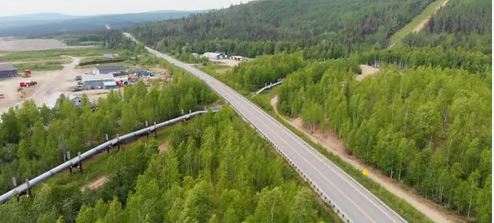Course Objective:
The primary objective of the Pipeline Road Crossing Calculation course is to equip learners with the technical expertise and practical understanding required to design and analyze safe, compliant, and efficient road crossings for onshore pipeline systems.
Road crossings represent one of the most critical segments in any pipeline route, as they demand careful consideration of external loads, traffic-induced stresses, ground movement, and structural protection. The course is designed to help engineers, designers, and project professionals develop the competence to handle these challenges through analytical techniques, industry standards, and real-world case studies.
This program aims to bridge the gap between theoretical pipeline engineering principles and their actual field application. Participants will gain a strong command over load calculation methodologies, stress evaluation, design verification, and protection strategies used in road crossing design. By the end of the course, learners will be able to perform road crossing stress and load calculations in full compliance with API 1102 for ASME B31.4 and B31.8 Pipeline Systems.
Subject Description
The Pipeline Road Crossing Calculation course provides a basic exploration of how pipelines are designed and analyzed where they intersect with various types of roads. Such crossings are subjected to unique external loads and operational risks, making them critical areas for design validation and structural safety assessment.
Participants are introduced to the engineering considerations that drive design choices—such as cover depth, pipe diameter, wall thickness, material grade, and soil-structure interaction.
The curriculum delves into both analytical and code-based approaches to road crossing calculations. Learners will study the formulas and design equations governing vertical and horizontal loads, impact factors, and soil-bearing effects on the pipe. Emphasis is placed on ensuring that the designed crossing can sustain vehicle-induced loads, live loads, and long-term effects without compromising safety or serviceability.
By the end of the subject, learners will have a well-rounded understanding of the road crossing design workflow—from data collection and design basis preparation to load computation and verification against allowable limits.


























